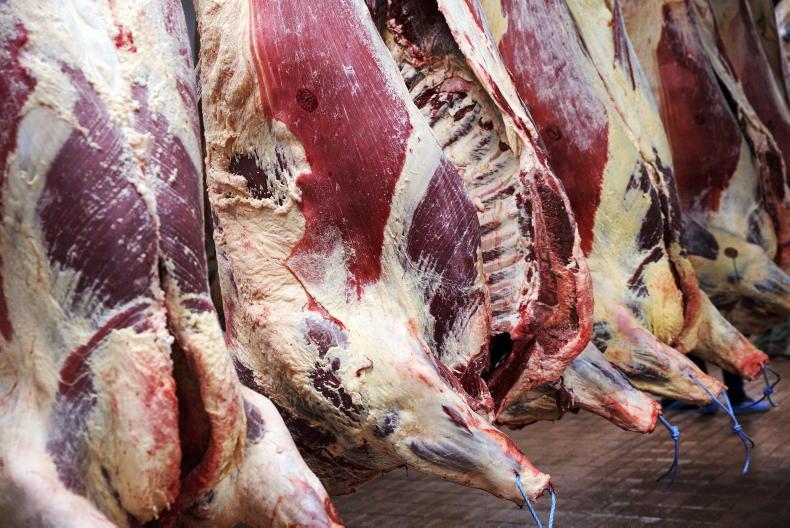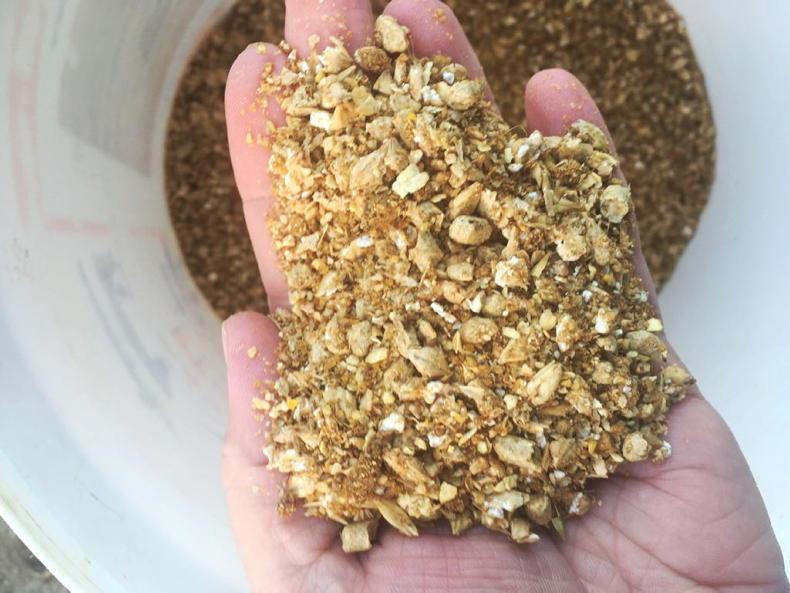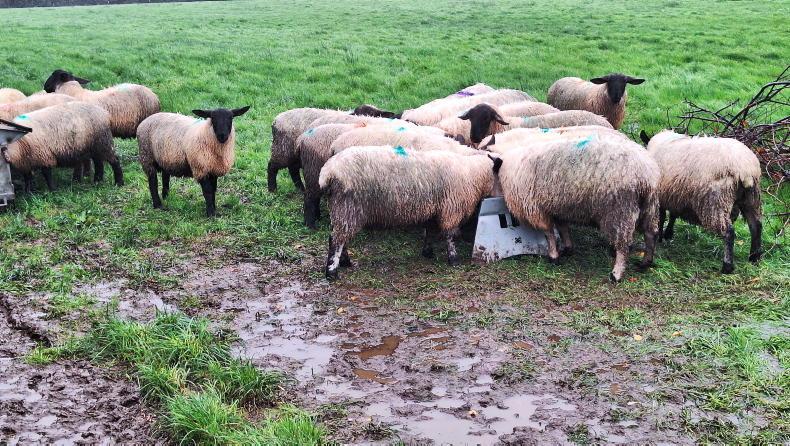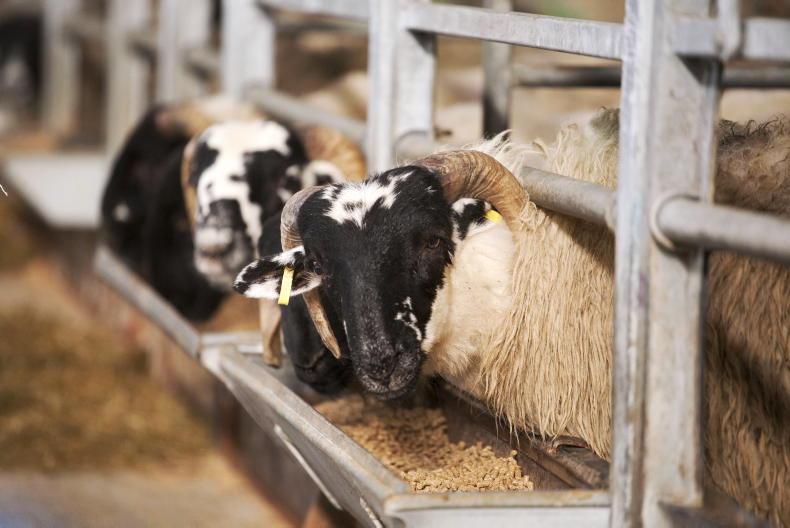Where farmers plan to finish store cattle out of the shed in early spring, cattle should be moving on to a finishing diet during December.
Assuming late-maturing continental-sired steers are standing on farm, a 100-day finishing period that starts in mid-December means cattle should be ready to slaughter around mid-March.
When it comes to moving store cattle into the finishing phase, outlined are five tips to keep in mind.
1. Do cattle have adequate space?
If cattle are overstocked during the finishing phase, they will not achieve daily liveweight gains anywhere close to 1kg/day and above. That meal feed will be wasted.
Give finishing cattle plenty of space to feed and lie. If all cattle cannot lie at the same time, they are overstocked. Allow 2.5m2 to 3m2 per head on slatted floors.
2. How long will the finishing period last?
For late-maturing continental steers, there is little merit in intensively feeding animals for longer than 100 days.
Feed efficiency will drop, meaning there is no financial return from holding animals on high levels of meal beyond this time period.
Taking a daily weight gain of 1kg to 1.2kg/day, steers should be around 100kg to 120kg from reaching their target slaughter weight at the start of the finishing phase.
For continental-bred heifers, limit the feeding period to around 80 days. Heifers should be around 80kg to 100kg from target slaughter weight at the start of the finishing phase.
Traditional beef-bred animals can be finished over 50 to 70 days for steers and 40 to 60 days for heifers.
Use this to plan out when cattle need to be pushed harder to reach a suitable body condition for slaughter.
3. Change to a high-energy, low-protein ration
When finishing cattle, energy and starch are key to get animals to the correct level of fat cover. Protein will encourage cattle to put on lean muscle. Therefore, change over to a high-barley or maize ration and keep protein levels below 14%.
4. Build up meal levels gradually
When changing the ration, introduce the new feed at a rate of 25%, with the other 75% being the growing blend. After four to five days, up the mix to 50:50, then move to 100% finishing blend five days later.
Increase meal levels by 1kg/day approximately every fortnight until animals reach the upper meal threshold.
Silage quality is key in the finishing diet. Every four unit decrease below 70 DMD means daily meal rates should be increased by 1.5kg/head.
5. Clean drinking water
Don’t forget about clean drinking water. Cattle on high levels of meal will have a higher demand for water. A rough rule of thumb is six litres of water per kilo of meal consumed.
That means steers on 8kg/day of ration will be drinking around 50 litres daily, before making any allowance for silage.
Read more
Prime cattle supplies in freefall
Pressure mounts on ICBF to row back on index changes
Where farmers plan to finish store cattle out of the shed in early spring, cattle should be moving on to a finishing diet during December.
Assuming late-maturing continental-sired steers are standing on farm, a 100-day finishing period that starts in mid-December means cattle should be ready to slaughter around mid-March.
When it comes to moving store cattle into the finishing phase, outlined are five tips to keep in mind.
1. Do cattle have adequate space?
If cattle are overstocked during the finishing phase, they will not achieve daily liveweight gains anywhere close to 1kg/day and above. That meal feed will be wasted.
Give finishing cattle plenty of space to feed and lie. If all cattle cannot lie at the same time, they are overstocked. Allow 2.5m2 to 3m2 per head on slatted floors.
2. How long will the finishing period last?
For late-maturing continental steers, there is little merit in intensively feeding animals for longer than 100 days.
Feed efficiency will drop, meaning there is no financial return from holding animals on high levels of meal beyond this time period.
Taking a daily weight gain of 1kg to 1.2kg/day, steers should be around 100kg to 120kg from reaching their target slaughter weight at the start of the finishing phase.
For continental-bred heifers, limit the feeding period to around 80 days. Heifers should be around 80kg to 100kg from target slaughter weight at the start of the finishing phase.
Traditional beef-bred animals can be finished over 50 to 70 days for steers and 40 to 60 days for heifers.
Use this to plan out when cattle need to be pushed harder to reach a suitable body condition for slaughter.
3. Change to a high-energy, low-protein ration
When finishing cattle, energy and starch are key to get animals to the correct level of fat cover. Protein will encourage cattle to put on lean muscle. Therefore, change over to a high-barley or maize ration and keep protein levels below 14%.
4. Build up meal levels gradually
When changing the ration, introduce the new feed at a rate of 25%, with the other 75% being the growing blend. After four to five days, up the mix to 50:50, then move to 100% finishing blend five days later.
Increase meal levels by 1kg/day approximately every fortnight until animals reach the upper meal threshold.
Silage quality is key in the finishing diet. Every four unit decrease below 70 DMD means daily meal rates should be increased by 1.5kg/head.
5. Clean drinking water
Don’t forget about clean drinking water. Cattle on high levels of meal will have a higher demand for water. A rough rule of thumb is six litres of water per kilo of meal consumed.
That means steers on 8kg/day of ration will be drinking around 50 litres daily, before making any allowance for silage.
Read more
Prime cattle supplies in freefall
Pressure mounts on ICBF to row back on index changes










SHARING OPTIONS